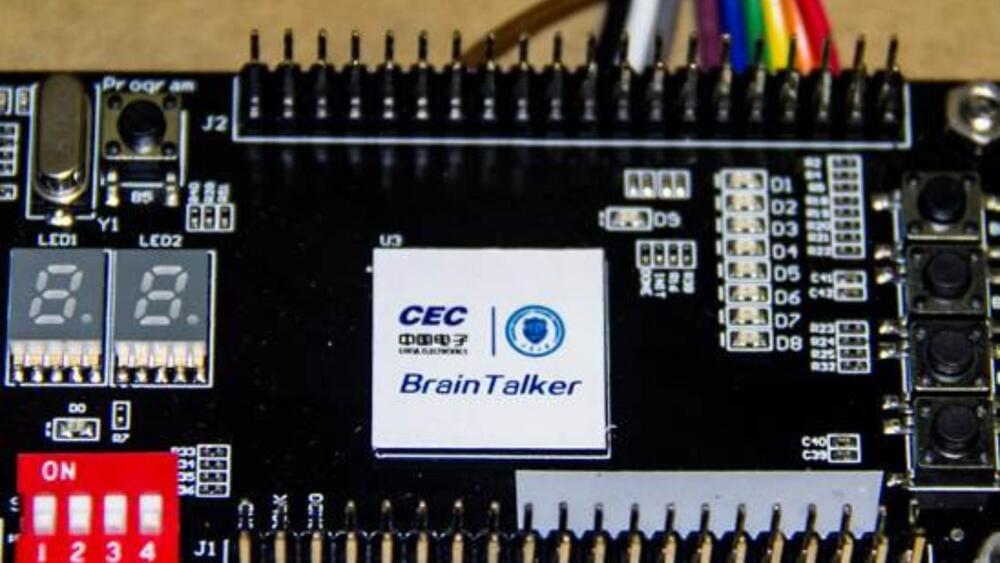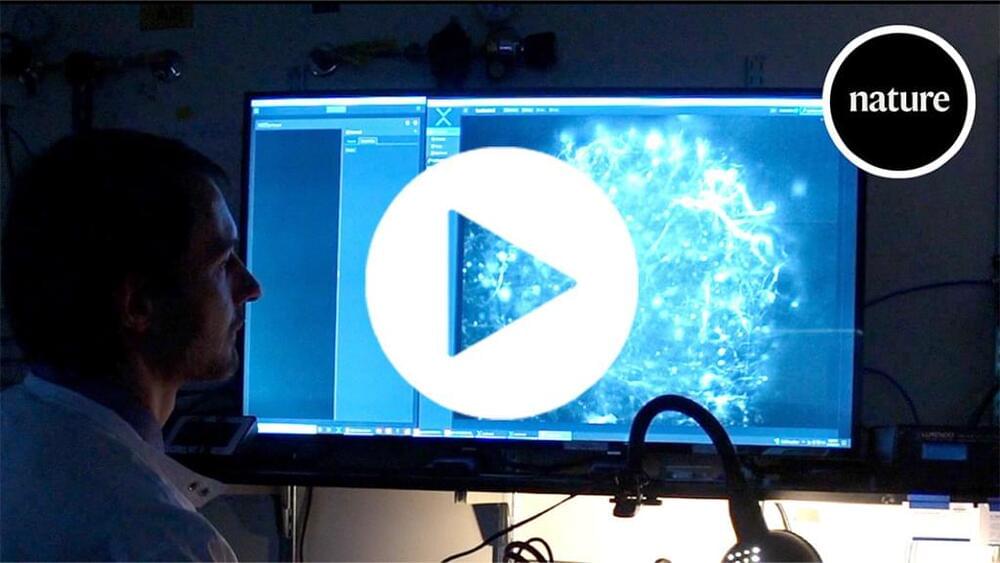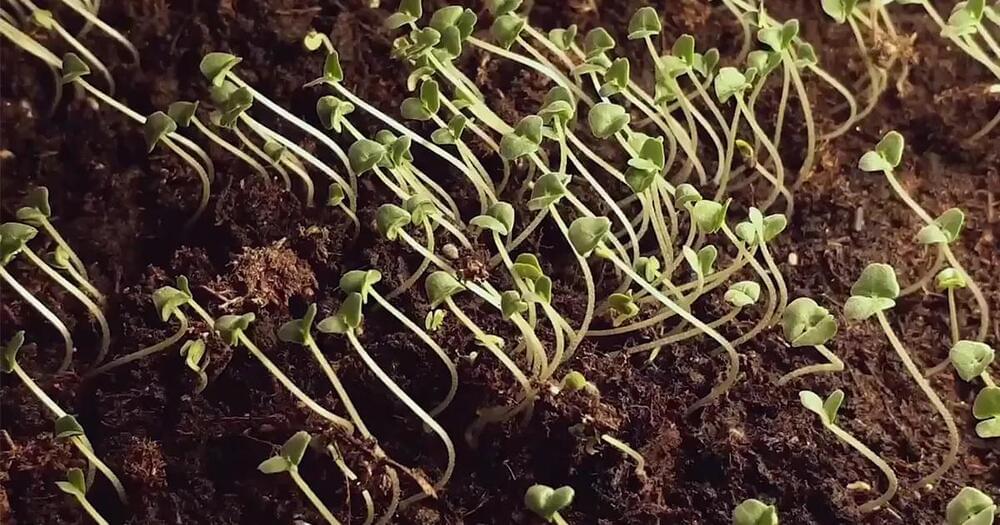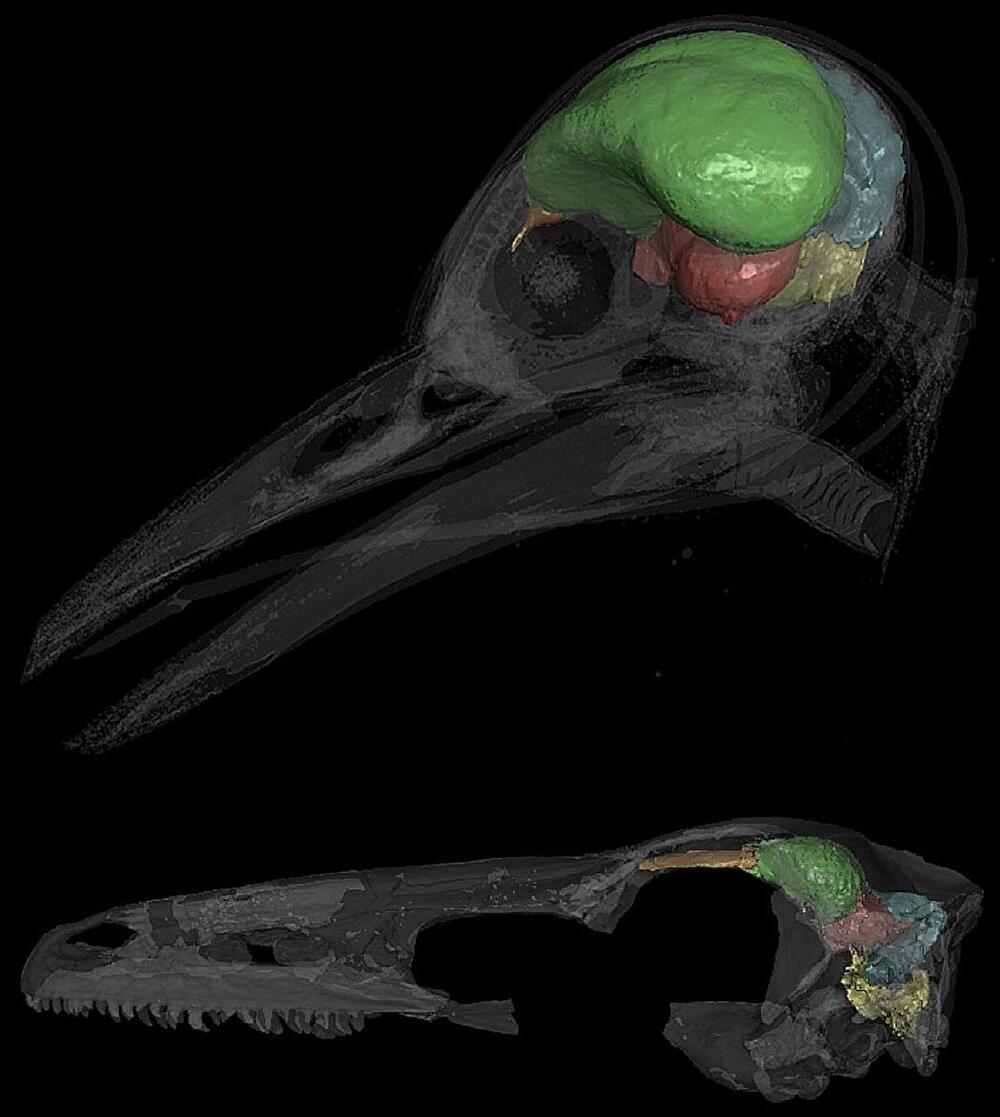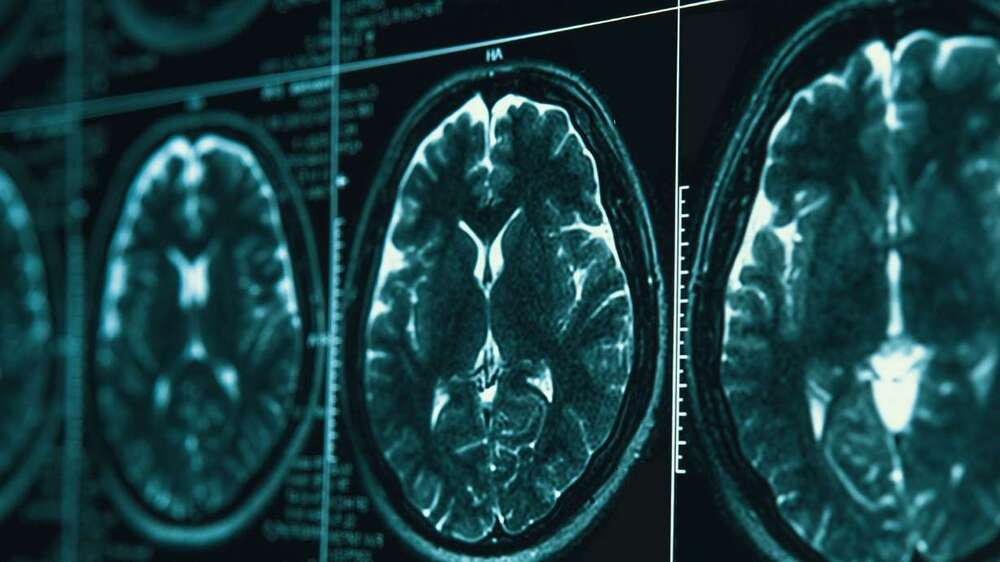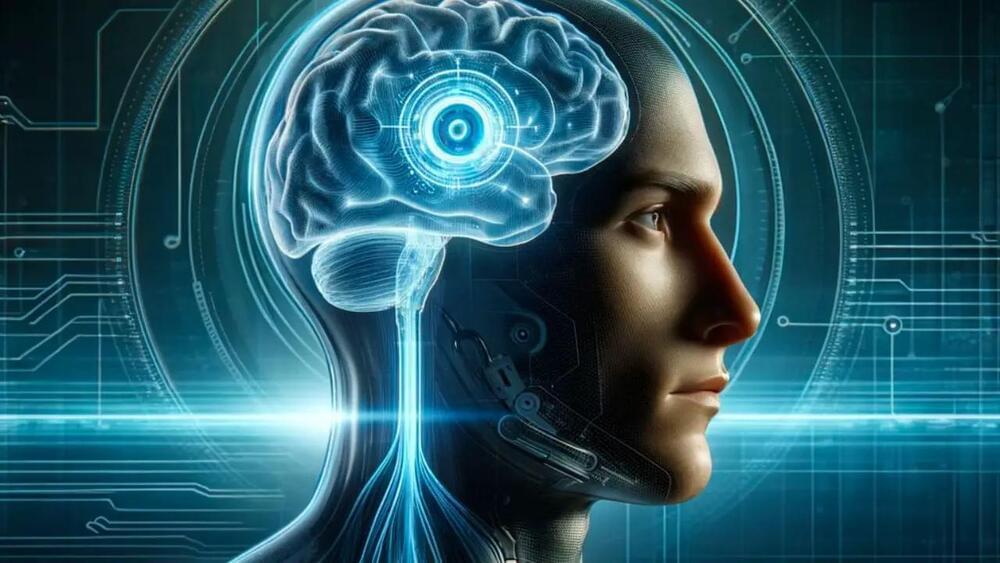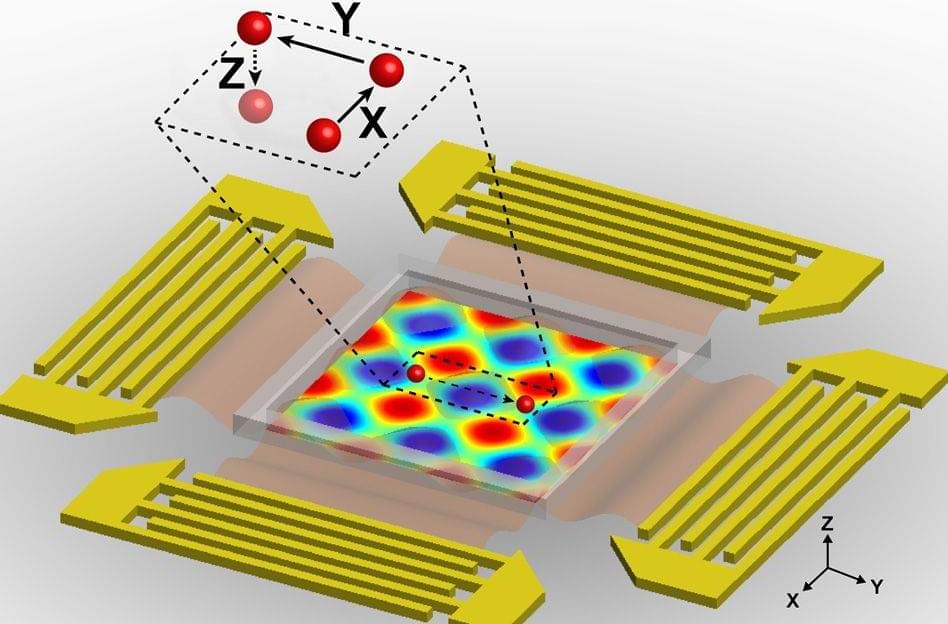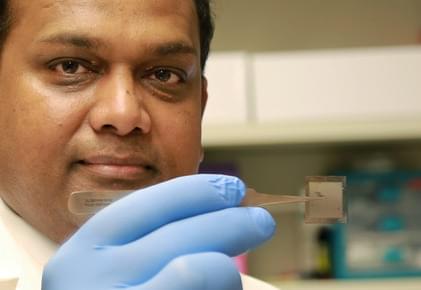The recently published tech policy document by the Ministry of Industry and Information Technology reflects their dedication to fostering innovation and development in future industries. The roadmap emphasizes the importance of forward-looking planning, policy guidance, and cultivating new quality productive forces to support the country’s aspirations for global technological leadership.
The race for supremacy in brain-computer interfaces intensifies as the world watches China’s technological journey unfold. With Neuralink marking its milestones, China’s bold ambitions signal a new era of competition in the ever-evolving landscape of cutting-edge technologies.
The question now is not just about who will lead the race but what groundbreaking innovations lie ahead for humanity.
